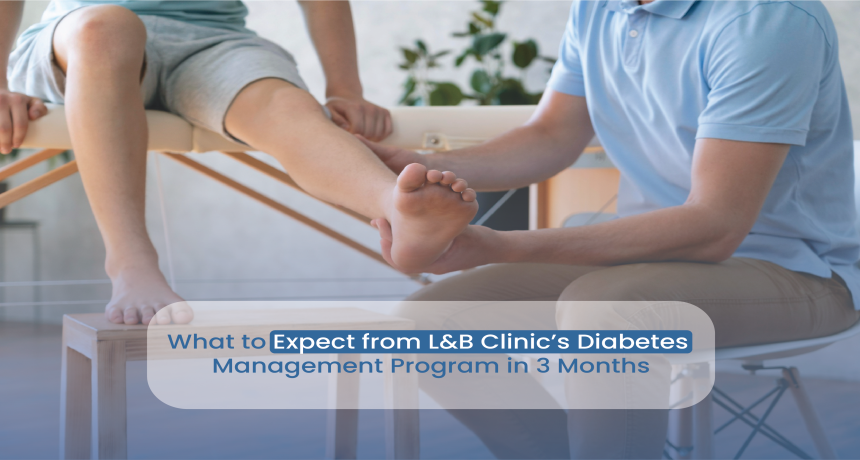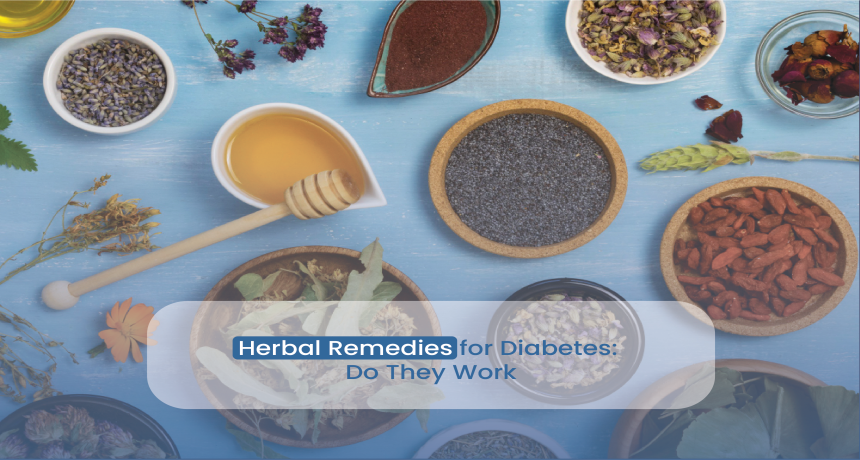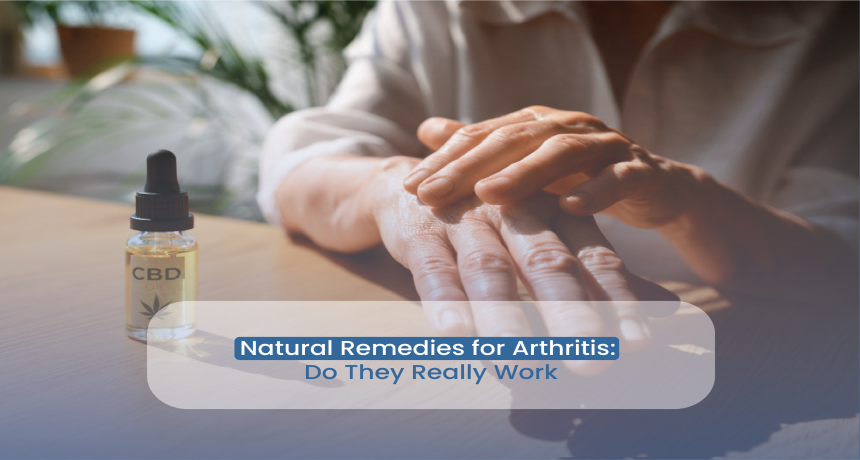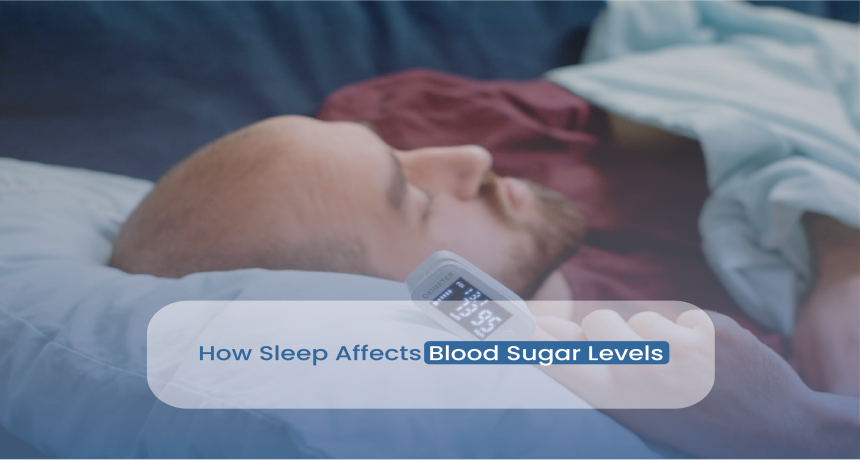Physical Therapy Exercises to Relieve Arthritis Pain: Safe Movement for Lasting Joint Health
2025-06-10 Exercise may seem counterintuitive when you’re in pain — but for people with arthritis, movement is medicine. Regular, well-guided physical activity can reduce inflammation, strengthen joint-supporting muscles, improve flexibility, and even delay disease progression. In fact, the American College of Rheumatology and the Indian Orthopaedic Association both recommend tailored physical therapy as a first-line intervention for osteoarthritis, rheumatoid arthritis, and other chronic joint conditions. At L&B Clinic, physical therapy is a core part of our integrative arthritis treatment program in delhi. Our team combines clinical diagnostics with personalized movement prescriptions — ensuring that every patient gets exercises that are safe, effective, and suited to their condition. According to a 2020 study in The Lancet Rheumatology, structured movement therapy was shown to: Reduce joint pain by 23–40% Improve mobility and range of motion Lower systemic inflammation (via IL-6 and CRP reduction) Delay the need for joint replacement in osteoarthritis patients Mechanically, exercise helps: Lubricate joints by stimulating synovial fluid Preserve cartilage through nutrient delivery Stabilize joints by strengthening surrounding muscles Prevent stiffness through improved blood flow and flexibility L&B Clinic follows international and Indian rehabilitation protocols to ensure low-risk, high-benefit exercise therapy. General Guidelines: Start slow and warm up gently Use pain as a guide (never force movement) Focus on low-impact, joint-safe exercises Consistency > intensity Include breathing and mindfulness for pain regulation Note: All exercises should be customized based on diagnosis (e.g., OA vs RA) and current inflammation status. These exercises help maintain joint flexibility and reduce stiffness. 🕒 Frequency: Daily, 5–10 mins per joint group These improve endurance and cardiovascular health without stressing joints. 🕒 Frequency: 3–5 days/week, 20–30 minutes Stretching prevents contractures and reduces muscle tightness. 🕒 Frequency: After warm-up or daily before bed Building strength supports joints and improves balance. 🕒 Frequency: 2–3 times/week Yoga improves flexibility, posture, and mental resilience — all crucial for chronic pain management. 🕒 Frequency: 2–3 sessions/week Always practice under guidance to avoid hyperextension. Each program is co-designed by L&B’s physiotherapy and integrative care team, with modifications based on lab markers, age, inflammation stage, and comorbidities. “Arthritis recovery doesn’t begin in the gym — it begins with listening to the body. We use movement as medicine, designed not to push limits, but to gently rebuild trust in the joints. Every protocol is personalized, and progress is measured not just in steps, but in ease of living.” Not when prescribed correctly. Movement reduces stiffness and supports cartilage health. Avoid high-impact or unsupervised routines. Deep squats, high-impact jumping, or twisting under load should be avoided without professional clearance. Yes, it’s one of the safest and most effective aerobic exercises for arthritis — especially when done with cushioned footwear and even terrain. Improvements in stiffness and joint function are often noticed within 2–4 weeks of consistent practice. During active flares, rest is prioritized. Gentle range-of-motion activities may be included under supervision.
Physical therapy is not optional in arthritis care — it’s essential. When done right, it improves mobility, reduces dependency on medication, and empowers patients to regain confidence in their bodies. At L&B Clinic, our movement programs are medically supervised, customized, and integrated with nutrition and lifestyle guidance to support long-term joint health. Book a consultation today to start your arthritis-safe exercise journey with clinical precision and compassionate care. References Hochberg, M. et al. (2016). American College of Rheumatology Guidelines on Non-Pharmacologic Arthritis Management Indian Orthopaedic Association. (2022). Position Statement on Osteoarthritis and Rehabilitation Fransen, M. et al. (2020). Exercise for Osteoarthritis of the Knee. Cochrane Database National Institute of Arthritis and Musculoskeletal and Skin Diseases (NIAMS). (2023)How Exercise Helps Arthritis
Exercise Guidelines for Arthritis Patients
Top Arthritis-Friendly Exercises by Category
1. Joint Mobility & Range of Motion
✔ Safe for: Osteoarthritis, early-stage RA, gout remission phase2. Low-Impact Aerobic Workouts
✔ Safe for: Knee/hip OA, RA, PsA, metabolic-linked arthritis3. Stretching & Flexibility Routines
✔ Safe for: All arthritis types (when inflammation is controlled)4. Strength Training for Joint Stability
✔ Safe for: OA, early RA, post-flare PsA, AS (with professional supervision)5. Yoga & Mindful Movement
✔ Safe for: RA, AS, OA, stress-related joint painL&B Clinic’s Stepwise Physical Therapy Plan for Arthritis
Expert View: Dr. Deepika Krishna
FAQs On Arthritis Exercises To Relieve Pain
1. Can exercise make arthritis worse?
2. What exercises should I avoid with arthritis?
3. Is walking good for arthritis?
4. How soon can I expect results?
5. Can I do these exercises during flare-ups?
Conclusion
Medically Reviewed by: Dr. Deepika Krishna, Founder, L&B Clinic
The Lancet Rheumatology (2020). Physical Activity and Inflammatory Arthritis Outcomes
.png)















